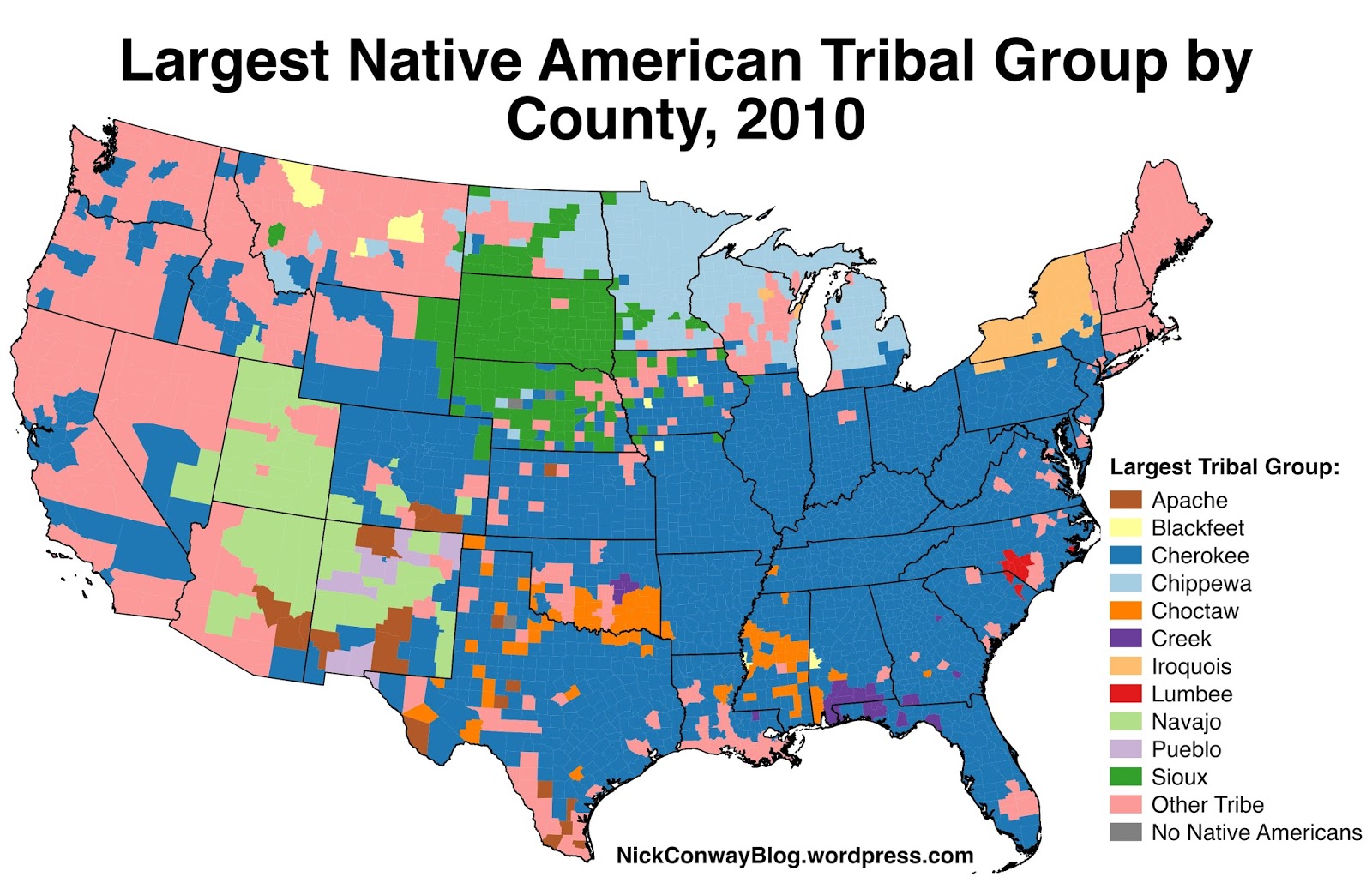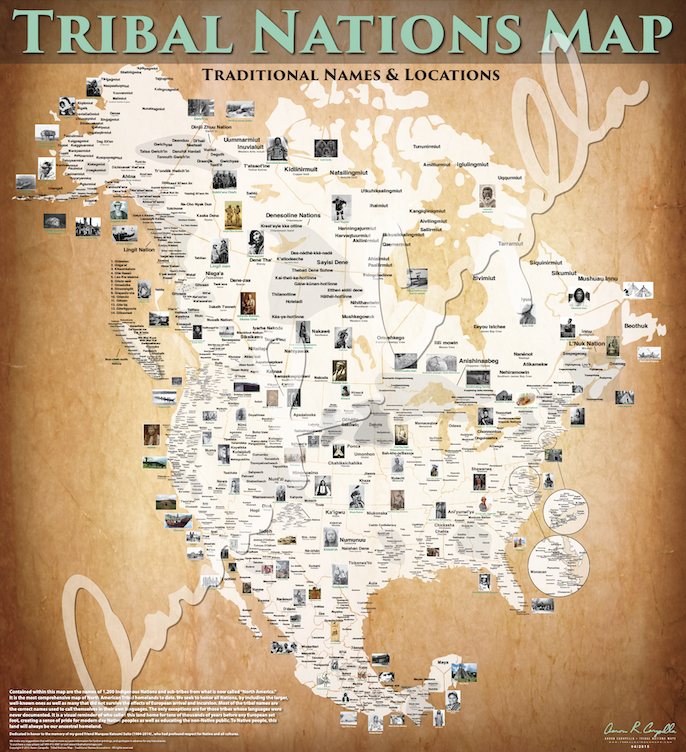
Native American Reservations: Unpacking Tribal Sovereignty and Community Resilience
The landscape of the United States is dotted with over 326 Native American reservations, vast and varied territories that represent a complex legacy of land, law, and survival. Far from being mere enclaves of the past, these reservations are vibrant, sovereign nations, each with its own unique culture, governance, and aspirations. To understand Native American reservations is to embark on a journey through centuries of history, to grasp the profound concept of tribal sovereignty, and to witness the enduring resilience of Indigenous communities in the face of immense challenges.
The very existence of reservations is a testament to a tumultuous history. Born out of a period of violent expansion, forced removal, and broken treaties, these lands were often the last vestiges of ancestral territories, sometimes fertile and rich, but often arid, resource-poor, and far from traditional homelands. The U.S. government’s policy towards Native Americans evolved from outright extermination to forced assimilation, and finally, to the establishment of reservations intended to contain and control Indigenous populations. These policies, driven by the ideology of Manifest Destiny, dramatically reshaped the lives and cultures of Native peoples, severing spiritual ties to land, disrupting social structures, and inflicting intergenerational trauma that reverberates to this day.
The Bedrock of Sovereignty: A Nation-to-Nation Relationship
At the heart of understanding reservations lies the concept of tribal sovereignty. This isn’t a privilege granted by the U.S. government, but an inherent right predating the formation of the United States itself. As Chief Justice John Marshall famously articulated in the 1832 Supreme Court case Worcester v. Georgia, Native American tribes are "distinct political communities, having territorial boundaries, within which their authority is exclusive." While Marshall also described them as "domestic dependent nations," acknowledging their relationship with the federal government, the core principle of inherent sovereignty remains.
This means that federally recognized tribes possess the power of self-governance. They have their own governments, often with executive, legislative, and judicial branches, mirroring the structure of U.S. states or the federal government. They can pass and enforce their own laws, establish courts, levy taxes, manage resources, regulate commerce, and determine their own membership. This nation-to-nation relationship is a cornerstone of federal Indian law, though it is perpetually tested and sometimes undermined by federal and state actions.

However, tribal sovereignty is not absolute. It is limited by federal "plenary power," which gives Congress ultimate authority over Indian affairs, though this power is ideally exercised in a way that respects tribal self-determination. For instance, the Major Crimes Act of 1885 grants the federal government jurisdiction over certain serious crimes committed by Native Americans on reservations, a significant curtailment of tribal judicial power. The interplay between tribal, state, and federal jurisdiction can be incredibly complex, leading to legal battles over everything from taxation and land use to law enforcement and environmental regulation.
Challenges and Disparities: A Legacy of Underinvestment
Despite their sovereign status, many Native American reservations grapple with profound socio-economic challenges, often direct consequences of historical policies and chronic underfunding. High rates of poverty, unemployment, and inadequate housing are distressingly common. The Bureau of Indian Affairs (BIA), an agency within the Department of the Interior, manages much of the federal relationship with tribes, but it has historically been criticized for mismanagement, inefficiency, and insufficient funding to address the vast needs of reservation communities.
Healthcare is a critical concern. The Indian Health Service (IHS), an agency within the Department of Health and Human Services, is responsible for providing healthcare to Native Americans and Alaska Natives. However, the IHS is notoriously underfunded, operating at a fraction of what is spent per capita on healthcare for the general U.S. population. This results in understaffed clinics, long wait times, and a lack of specialized services, contributing to higher rates of chronic diseases like diabetes, heart disease, and substance abuse among Native populations. Life expectancy on some reservations can be significantly lower than the national average.
Infrastructure on many reservations also lags far behind national standards. Access to clean water, reliable electricity, and broadband internet remains a significant hurdle. Roads are often unpaved and poorly maintained, and housing is frequently overcrowded or dilapidated. These disparities are not accidental; they are the cumulative result of centuries of systemic neglect and policies designed to disempower and marginalize.
One of the most tragic and persistent challenges is the crisis of Missing and Murdered Indigenous Women and Girls (MMIWG). Indigenous women face disproportionately high rates of violence, and cases often go uninvestigated or unpunished due to complex jurisdictional issues, lack of resources, and systemic biases within law enforcement agencies. This crisis highlights the urgent need for greater tribal authority and resources to protect their citizens.
Resilience, Revitalization, and Economic Development
Despite these immense hurdles, Native American communities on reservations are not defined solely by their challenges. They are vibrant centers of cultural preservation, language revitalization, and tenacious self-determination. Many tribes are actively working to reclaim and strengthen their traditional languages, which are repositories of unique worldviews and knowledge. Cultural ceremonies, arts, and storytelling continue to thrive, connecting generations and reinforcing a profound sense of identity.
Tribal sovereignty has been a powerful tool for economic development. The Indian Gaming Regulatory Act (IGRA) of 1988 opened the door for tribes to establish gaming operations, which have become a significant source of revenue for many. This revenue has allowed tribes to invest in their communities, building schools, healthcare facilities, housing, and infrastructure, and providing essential services that federal funding often fails to cover.

However, economic development on reservations extends far beyond casinos. Tribes are leveraging their sovereignty and unique resources to diversify their economies. Many are engaged in renewable energy projects, particularly solar and wind, capitalizing on their land holdings and commitment to environmental stewardship. Tourism, cultural arts, agriculture, and even technology ventures are growing, creating jobs and fostering economic independence. For example, the Navajo Nation, the largest reservation in the U.S. by land area, has significant energy resources and is also focusing on tourism and small business development.
Modern Assertions of Sovereignty: Standing Rock and Beyond
The assertion of tribal sovereignty continues to be a crucial aspect of contemporary Indigenous life. The Standing Rock Sioux Tribe’s resistance to the Dakota Access Pipeline (DAPL) in 2016-2017 became a global symbol of Indigenous environmental justice and the defense of treaty rights. The tribe, along with thousands of allies, argued that the pipeline threatened their sacred lands, water supply, and violated treaty obligations, highlighting how environmental issues are inextricably linked to sovereignty and cultural survival.
Another critical example is the Indian Child Welfare Act (ICWA) of 1978. Passed in response to alarmingly high rates of Native American children being removed from their families and placed in non-Native homes—a continuation of assimilationist policies—ICWA establishes federal standards for the removal and placement of Native American children. It prioritizes placement with extended family members or other tribal members, affirming tribal sovereignty over the welfare of their children. ICWA has faced recent legal challenges, but its upholding by the Supreme Court in Haaland v. Brackeen in 2023 reaffirmed its importance and the constitutional authority of Congress to legislate in Indian affairs.
The Path Forward: Understanding and Respect
Native American reservations are not relics of the past; they are living, evolving nations with distinct legal and cultural identities. They are places where centuries of resilience converge with modern aspirations. To truly understand them, one must move beyond stereotypes and acknowledge the profound historical injustices that shaped their current realities.
The path forward requires continued recognition and respect for tribal sovereignty, adequate federal funding for essential services, and a commitment to upholding treaty obligations. It also demands a greater understanding from the broader American public of the unique legal and political status of tribal nations. As citizens, neighbors, and partners, fostering a relationship built on mutual respect, informed dialogue, and genuine collaboration is essential for building a more just and equitable future for all. The story of Native American reservations is an ongoing narrative of survival, self-determination, and the enduring power of Indigenous communities to shape their own destinies.